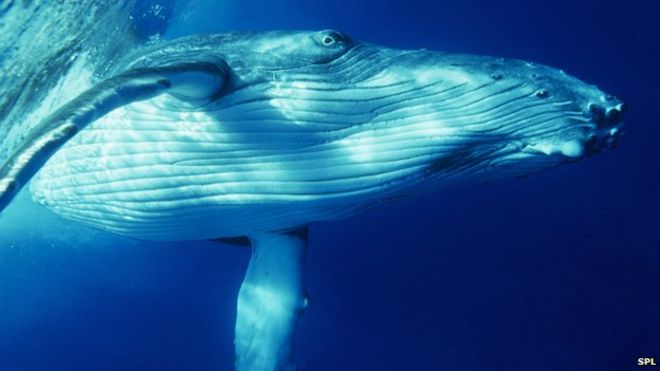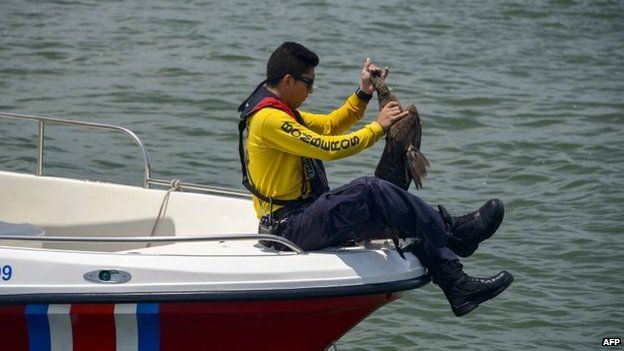
On Monday, May 3rd a ship carrying 180 tons of ammonium nitrate sank off of the pacific coast. Ammonium nitrate is used in the manufacturing of fertilizers and explosives. The chemical can cause serious health issues which the Costa Rican authorities have reported has not happened. Here’s our first thought- what is the impact on the marine ecosystems? The chemical is highly soluble and the spill did impact some animals including some birds, as pictured on the right. Read more…
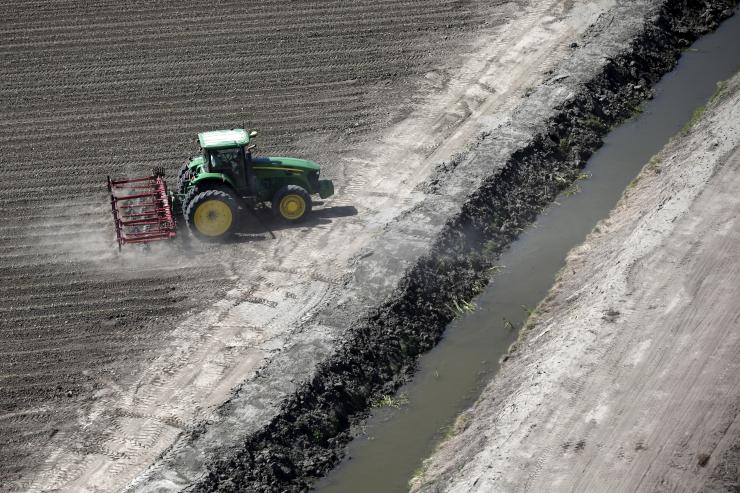
Is water a limitless resource? Many companies and consumers believe that it actually is! According the the United Nations water agency, “withdrawals of freshwater supplies have risen by at least 1% in the past 3 decades, and could rise by a staggering 55% in the next few decades”. The increase in the Earth’s population as well as the intense droughts brought on as an impact of climate change will drive this increase in water use. This week Ceres published a report entitled “Feeding Ourselves Thirsty” which evaluates the use of water in the agriculture industry. This is a direct way that many Fortune 500 agriculture companies see climate change impacting business. Read more…
 This week a research report in Nature describes a microbe named Loki that completely changes the was we previously viewed evolutionary biology. Researchers found this organism while analyzing the bottom of the North Atlantic Ocean. Based on the DNA characteristics of Loki, it was determined that this is actually an additional type of archaea. It is possible that Loki bridges the gap between eukaryotes and prokaryotes. Read more…
This week a research report in Nature describes a microbe named Loki that completely changes the was we previously viewed evolutionary biology. Researchers found this organism while analyzing the bottom of the North Atlantic Ocean. Based on the DNA characteristics of Loki, it was determined that this is actually an additional type of archaea. It is possible that Loki bridges the gap between eukaryotes and prokaryotes. Read more…
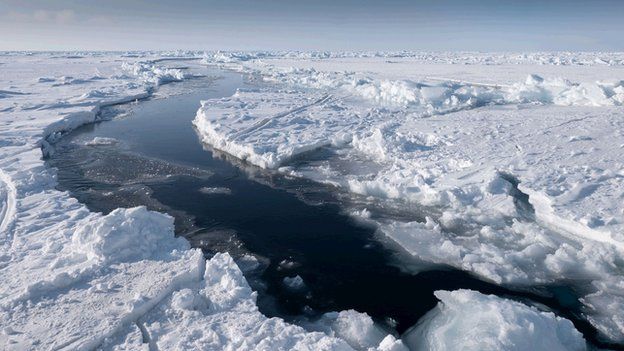 Over the last few months, The Norwegian Polar Institute launched an expedition to monitor and understand the Arctic Ocean during the winter months. There is currently very little data on the winter conditions of the Arctic ice. One of the main goals of the expedition was to understand how the freeze and melt cycles of the ice as well as the impact it has on the marine organisms. The on the ground observations and data from this group will also be compared to the satellite data that is collected. Read more…
Over the last few months, The Norwegian Polar Institute launched an expedition to monitor and understand the Arctic Ocean during the winter months. There is currently very little data on the winter conditions of the Arctic ice. One of the main goals of the expedition was to understand how the freeze and melt cycles of the ice as well as the impact it has on the marine organisms. The on the ground observations and data from this group will also be compared to the satellite data that is collected. Read more…
If you are interested in reading more about the project, known as the Norwegian Young Sea ICE cruise, take a look at the website here.
5. Open Wide and Say ‘Ah’
Many of us already know that, in order to eat, whales will gulp a volume of water larger than it’s own body and filter small fish and krill. Have you ever thought about how that is physically possible for Earth’s second-largest animal? Scientist revealed that whales are able to stretch their nerves double their usual length without harming the nerve fibers. This unique nerve structure is found in rorqual, baleen, fin, humpback, and many more types of whales. Read more…
 A tragic event occurred on Wednesday at the Pacific Marine Mammal Center in Laguna Beach. A total of seventeen sea lions had to be treated after chlorine was dumped into the filtration system of one of the pools. The sea lions were being treated for other injuries and were about to be released before the chlorine incident. Police are reviewing who could have intentionally poured the chlorine in the equipment. Read more…
A tragic event occurred on Wednesday at the Pacific Marine Mammal Center in Laguna Beach. A total of seventeen sea lions had to be treated after chlorine was dumped into the filtration system of one of the pools. The sea lions were being treated for other injuries and were about to be released before the chlorine incident. Police are reviewing who could have intentionally poured the chlorine in the equipment. Read more…
7. Hawaii Votes to Go 100% Renewable
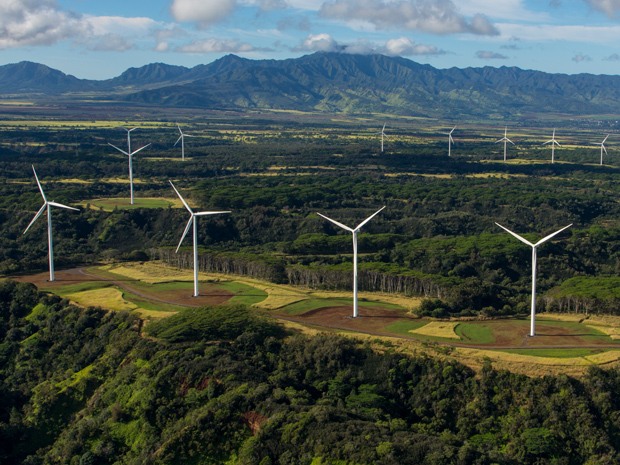 By the end of 2045 the state of Hawaii will be the first state to have a 100% renewable power supply. With the availability of wind, solar, geothermal, and hydro power resources in Hawaii, it will be easier for Hawaii to move to these energy sources. Technological advancements and funding will be two or many challenges for the state to overcome. Hawaii will look to mirror the same efforts that Japan’s Fukushima and Costa Rica are enacting to become completely dependent on renewable energy. Will we see any additional US states attempt this goal? Read more…
By the end of 2045 the state of Hawaii will be the first state to have a 100% renewable power supply. With the availability of wind, solar, geothermal, and hydro power resources in Hawaii, it will be easier for Hawaii to move to these energy sources. Technological advancements and funding will be two or many challenges for the state to overcome. Hawaii will look to mirror the same efforts that Japan’s Fukushima and Costa Rica are enacting to become completely dependent on renewable energy. Will we see any additional US states attempt this goal? Read more…
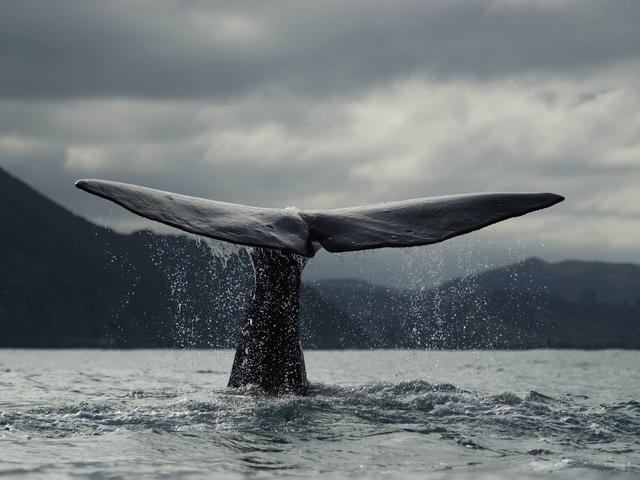
This week a study, published in Endangered Species Research, revealed that the blue whale is not able to sense and avoid cargo ships. We have reported on a few cases where whales have collided with ships and were found washed ashore injured, this is now the evidence that this is an issue for the species. After tracking the movement of a few blue whales against the boat traffic in the area, scientists revealed that when the whale does come close to a ship it will begin to slowly sink horizontally. This method is a slow sink and often times does not allow the whale to avoid the ship propellers. Read more…
Leatherback sea turtles, like many endangered sea turtles, generally nest at night. On Tuesday, a 800 pound sea turtle was seen nesting at the Canaveral National Seashore in broad daylight. That area of the Florida beach line normally has 3,000 to 7,000 sea turtle nests per year. Read more…

According to the NOAA, 95% of the underwater world is still undiscovered. A California company named Liquid Robotics have developed an autonomous marine robot. Liquid Robotics’ product is called the Wave Glider and use solar and wave powered energy. The robots are able to record wave, temperature, conductivity, and current data from the ocean surface. This is a good example of how robots can help “change the way humans interact with the ocean”. Read more…
11. Rare ‘Good News” for Corals
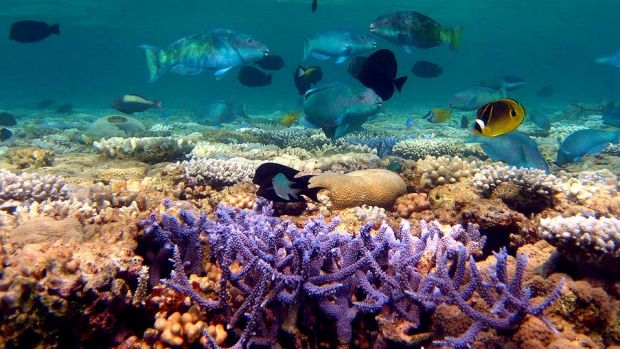 I don’t think there’s a better way to say this…. it seems like some of Florida’s coral reef is enjoying some roid rage! Scientists have been using supplements to help coral withstand the dramatic impact of climate change. A team at University of Miami’s Rosenstiel School of Marine and Atmospheric Science replicated the conditions in which coral bleaching occurs and tested a number of staghorn coral colonies. The coral was treated with an extra boost of dried zooplankton which helped the coral maintain growth under harsh conditions. Read more…
I don’t think there’s a better way to say this…. it seems like some of Florida’s coral reef is enjoying some roid rage! Scientists have been using supplements to help coral withstand the dramatic impact of climate change. A team at University of Miami’s Rosenstiel School of Marine and Atmospheric Science replicated the conditions in which coral bleaching occurs and tested a number of staghorn coral colonies. The coral was treated with an extra boost of dried zooplankton which helped the coral maintain growth under harsh conditions. Read more…
Be sure to “LIKE” http://facebook.com/SeaSave to ensure our “Week in Review” is delivered to your newsfeed every Thursday.
Sea Save Foundation is committed to raising awareness of marine conservation. The Week in Review is a team effort produced by the Sea Save staff to provide a weekly summary of the latest in marine research, policy, and news.

